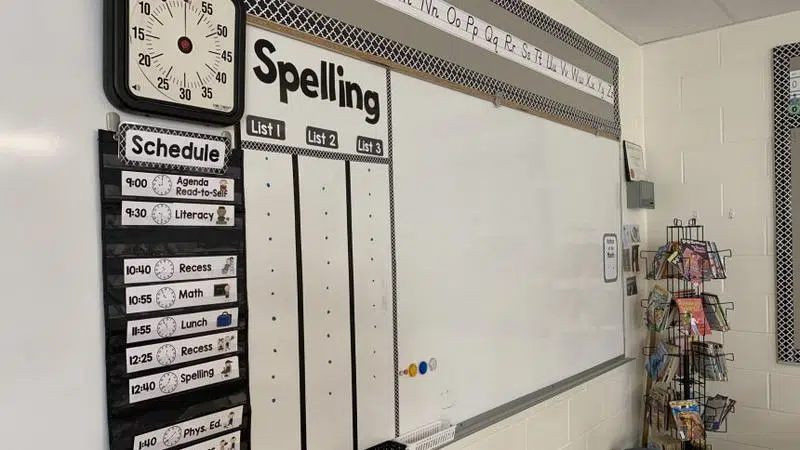
‘Classroom complexity’ a complex issue in negotiations
Saskatchewan’s classrooms look a lot different now than they did years ago — and the change goes far beyond technology.
Gone are the days of chalkboards and typewriters, which have been replaced by smartboards and laptops.
But those in the classroom have changed as well.
The makeup of those being taught now is radically different and diverse with complex needs and requirements.


